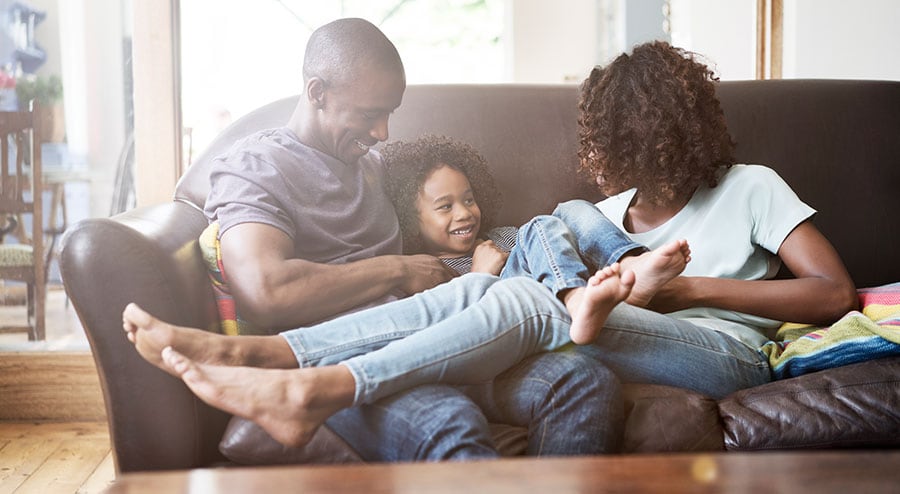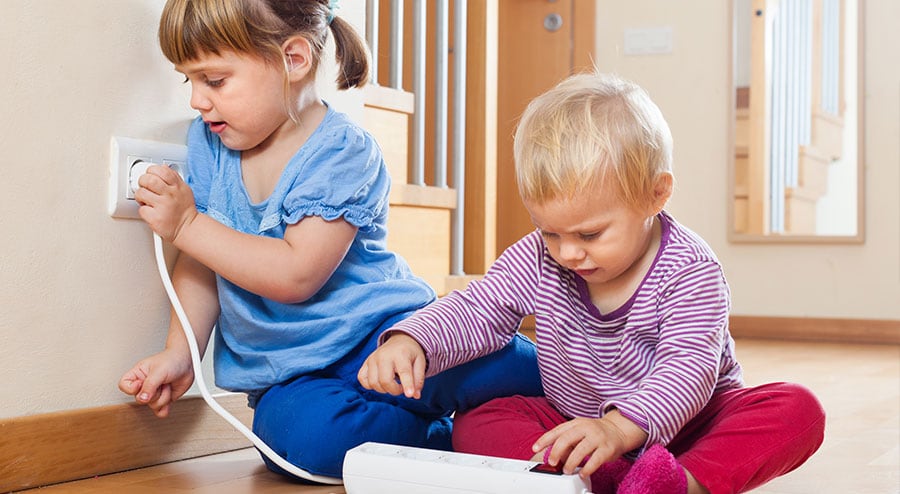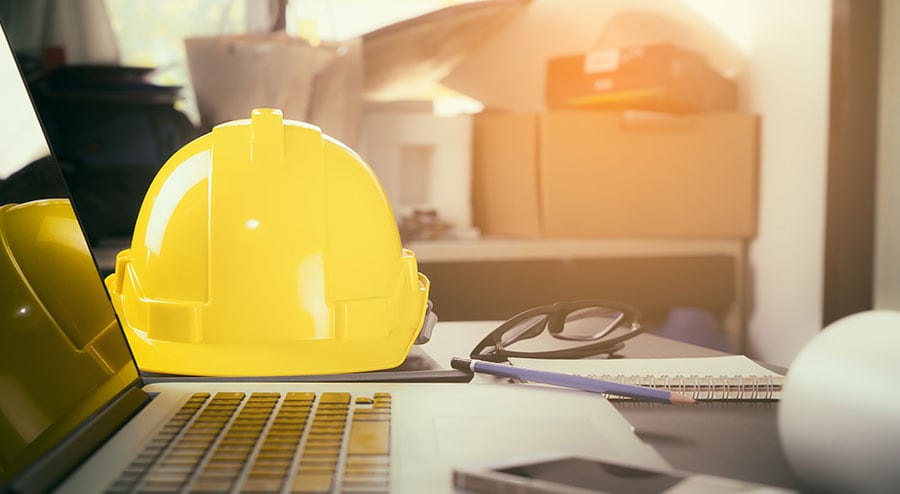Your home can be a dangerous place. A comprehensive 2004 report on accidents in the home (commissioned by the Home Safety Council and prepared by the Injury Prevention Research Center) found that more than 18,000 deaths a year can be attributed to accidents in the home, and that home accidents were the cause of more than 21 million injuries annually.
The risks are numerous and varied: Falls and poisonings topped the list of causes of death and injury, but suffocation, drowning, and firearms accidents were also major causes. So if you haven’t taken steps to ensure your home is truly a safe sanctuary for your family and friends, it might be time to reconsider. Taking precautions can be easy, too. Simple changes, like storing medications with more care and reducing the amount of clutter can keep your loved ones safe and sound while they’re at home.
The Basics of Home Safety
Here are some of the top in-home dangers, and some simple methods of avoiding them.
- Falls — Falls are the leading cause of fatal injuries, and account for the majority of non-fatal home injuries. Make sure walkways in your home are free of clutter, and be sure to eliminate tripping hazards such as electrical cables and loose rugs or flooring.
- Poisoning — After falls, poisoning is the leading cause of accidental death in the home. Whether they’re in the kitchen, the bathroom, laundry room, or garage, keep household chemicals out of the reach of children (or behind childproof doors) and closely follow all warnings and instructions for use.
- Fires and Burns — Fires are the third leading cause of fatalities in the home, and 60 percent of home fires occur in homes with no smoke detectors or in which smoke detectors aren’t working properly. Install smoke alarms throughout your house and check the batteries regularly. And in case the worst happens, practice home fire drills with your kids, including escape routes and a designated meeting place outside the home.
Here are some more easy actions you can take to help lower the risks of home accidents in general, according to the National Safety Council:
- Keep a first aid kit on hand, filled with supplies like those recommended by the Mayo Clinic.
- Teach even young children how to swim. This is especially important if you own a pool.
- Learn the Heimlich Maneuver and CPR.
- Keep firearms locked away, and instruct kids in firearms safety as outlined in the Eddie Eagle Gunsafe Program offered by the NRA.
Keeping Young Kids Safe
Kids are particularly vulnerable to ordinary household dangers, and the biggest risks to kids in your home vary according to age, according to the National Institutes of Health. Here’s a look at some major issues:
- For infants, suffocation during sleep is the biggest danger. Keep cribs free of toys when the child is sleeping, and make sure the child sleeps on his or her back.
- For toddlers, suffocation is also a significant risk, but mostly through choking on food or a foreign object. Ensure food is thoroughly cooked before serving it. Cut food into small enough portions for the child to eat safely. And know the signs of choking: inability to talk, inability to cough, inability to breathe, bluish tint to lips and nail beds, and unconsciousness.
- For children ages 1-4, drowning is the biggest risk. Never leave your children unattended in the bath, and never fill the tub with more than 2-4 inches of water. If you have a home swimming pool, fence it off and use a self-latching gate.
- For children of all ages, burns are a major risk. For younger children, the danger is chiefly scalds: Set the thermostat on your hot water heater for no more than 120 degrees Fahrenheit, and either keep children out of the kitchen or make sure to turn the handles of pots on the stove away from the room. Older children are most likely to be burned by direct contact with fire: Discuss fire safety with them, and never leave matches within easy reach.
Other precautions you can take to help keep young kids safe involve having the “stranger danger” talk, being nearby and on alert when they’re playing outside, and practicing with them the right way to respond to an emergency (calling 911, staying calm, contacting an adult).
Keeping Older Family Members Safe
Older family members are also especially vulnerable to injury from run-of-the-mill home accidents. In fact, according to the Centers for Disease Control and Prevention, falls are the number one threat to people over the age of 65. To help eliminate injury caused by falling, use these tips:
- Get rid of trip hazards, such as scatter rugs.
- Encourage older family members to get regular eye exams.
- Discourage older family members from wearing high heels or shoes without tread.
- Install railings in baths and showers.
Falls may not seem like a big deal to someone in their early thirties, but for older Americans, they can be devastating. According to the University of Rochester Medical Center, adults over the age of 70 are three times more likely to die from complications due to simple falls. This is often because of the difficulty that older people may have recovering from the trauma of a badly broken bone, such as a hip.
Safety in the Home Office
Your home office is another area that needs to be vetted for safety hazards. Spaces used for home offices typically feature an abundance of cables and cords used to connect computers, printers, fax machines and more. They’re a portal for kids to use to access the internet, and they’re often enclosed and set off by themselves for privacy. You can help keep your home office a safe place to work and play by following a few, simple guidelines:
- Don’t overload your electrical outlets.
- Make sure cords and cables don’t run across walkways and high traffic areas.
- Tape down any cables that run along flooring.
- Ensure you have two escape routes from your home office should fire break out.
- Instruct children on internet safety and discourage them from using a computer that’s out of the way—like the one in your home office.
Homes should be the safest possible places to live and work, but that’s not always the case. If you take these simple precautions, however, you can help prevent home injuries. And if you make sure that you and everyone in your household knows what to do should an accident happen, you can help lessen the traumatic results when one occurs.




